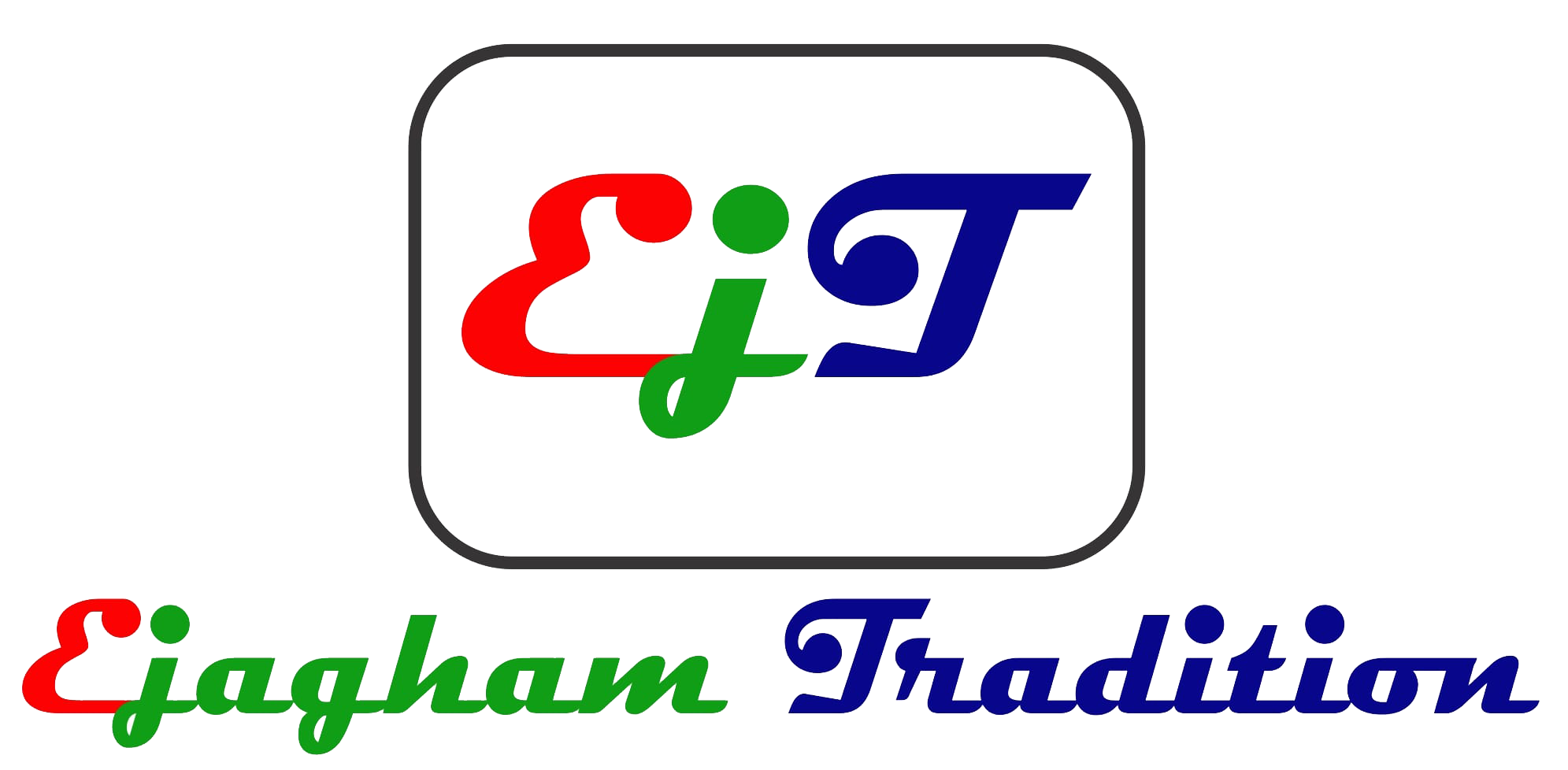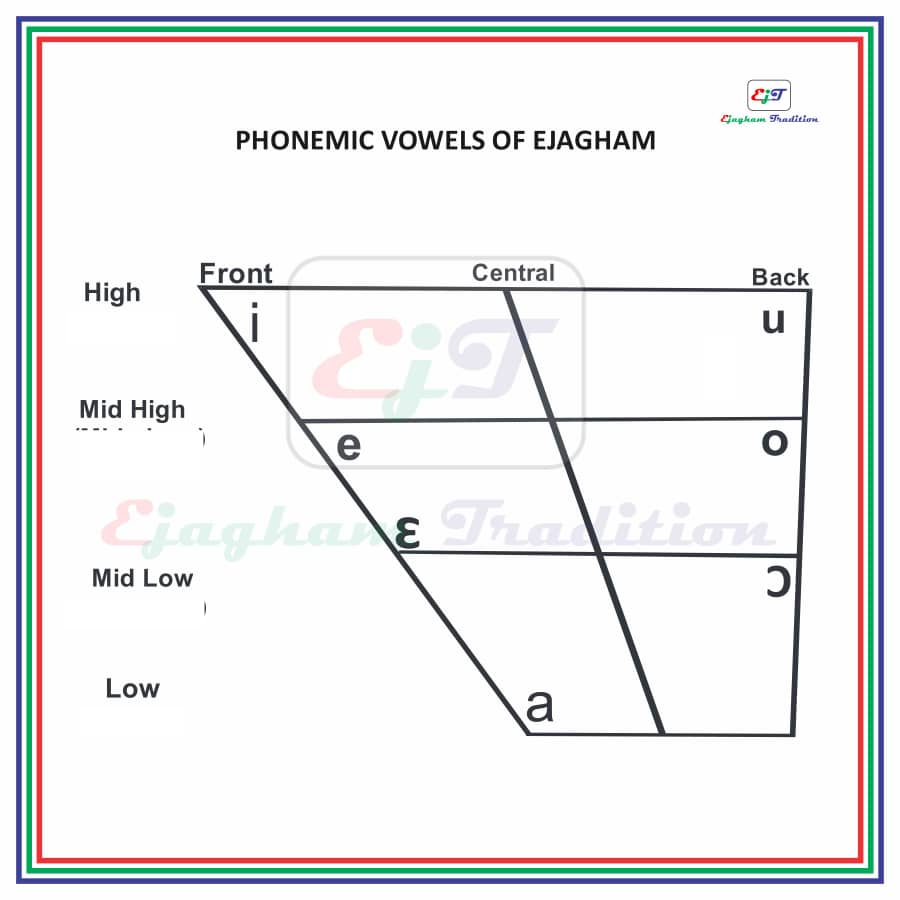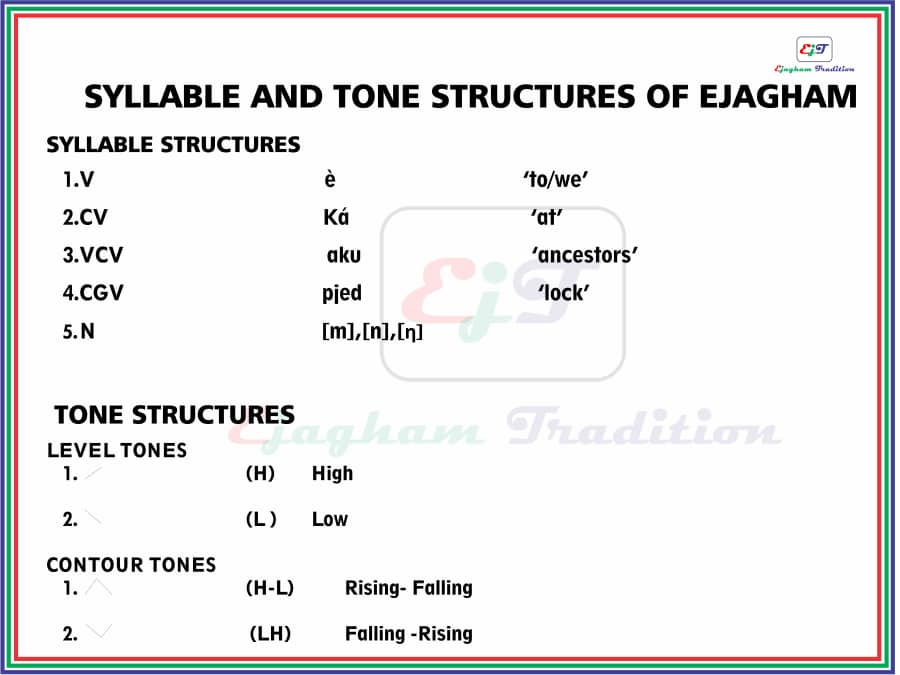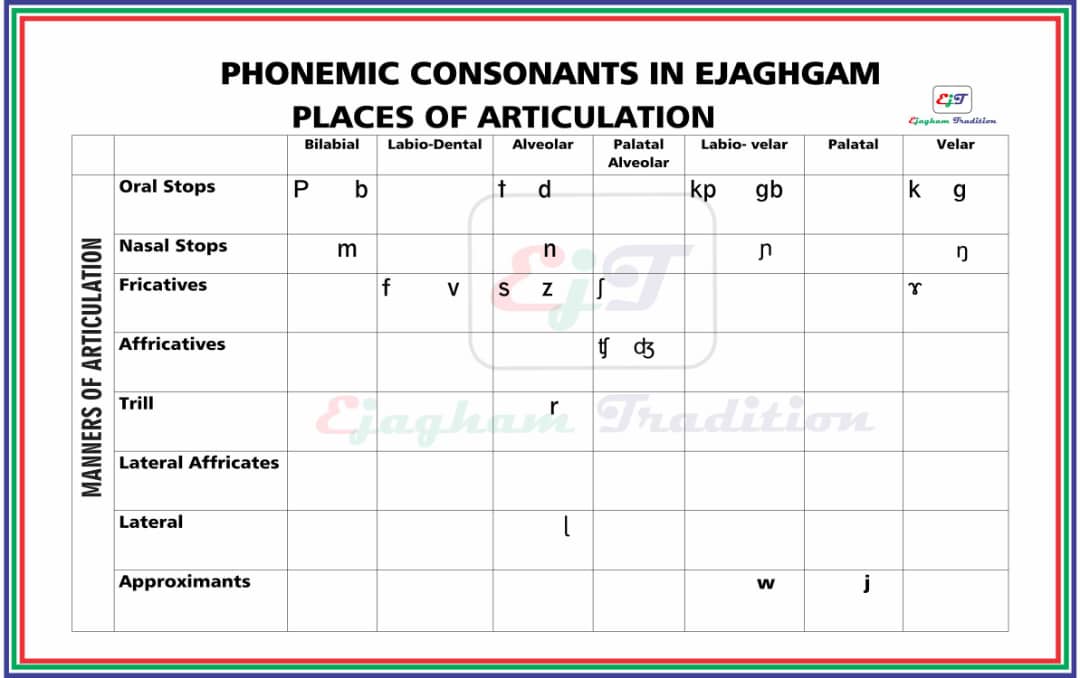Ejagham language is spoken in more than one country. It is one of the oldest means of expression and effective communication in the world. It is a complete communication system with written, verbal, and non-verbal categories. Its written and non-verbal categories are termed NSIBIDI. This is an encrypted communication pattern reserved for initiates of the governance system, Mgbe.
Nsibidi was invented centuries Before the Common Era and often likened to the Egyptian hieroglyphics. Within the verbal category, Ejagham language is made up of several dialects and subdialects, and existing in Clusters: Ejagham Qua (EQ), Ejagham Akamkpa (EA), Ejagham Etung (EE) and Ejagham Bakor (EB) in Nigeria; and Ejagham Ngunaya (ENg), Ejagham Njemaya (ENj) and Ejagham Obang (EO) in the Cameroons.
All Ejagham dialects are mutually intelligible. But their degree of intelligibility is depreciating consistently owing to myriad factors, prominent among them is the colonial partitioning of Ejagham to exist in two separate countries and its consequent intra-national political demarcations. These political demarcations continue to delink Ejagham clusters, thereby threatening the core aspects of the heritage such as language. In addition to this, the Ejagham language is at risk of Erosion, Dilution, Adulteration, Misinterpretation and if unattended, Extinction (EDAME).
To preserve and relink the Ejagham nation beyond the prevailing political and geographical divides, the best starting point is to codify and develop a Harmonised Ejagham Language Orthography (HELO). This will require a professional and objective re-membering of all Ejagham dialects and sub-dialects to realise the Orthography. This, therefore, is the cardinal objective of this project, as overseen by the Ejagham Language Codification Committee (ELCC).
Ejagham people have long held the view that their unity and well-being greatly depend on the development of a Standard Ejagham Language for use within and beyond the Ejagham universe. EjT’s verve towards the development of a HELO is rooted in the earlier attempts made by the Ejagham Improvement Union (EIU) in the mid-20th century. This Union had long realized that a better future for the Ejagham people is greatly predicated on a standard Ejagham language. Sandy Onor captures it thus:
Other issues bordering on the wellbeing and progress of Ejagham were discussed [by the Union], amongst which included the need to systematize, standardize and popularize the Ejagham language within the Ejagham “universe” and beyond. To this end it was unanimously agreed that there should be one Ejagham under which all known dialects, viz, Etung, Qua, Kaeka, Befun, Nde, Ekajuk, Ofutop, Nselle, Nta etc [sic] would be subsumed (Onor, 2018: 18).
The point worth noting here is that while the vision for the development of a standard Ejagham language was conceived by EIU, the practical realization of this vision is the primacy of EjT. It is one thing to conceive a vision, it is another thing to realize it. Within the context of Ejagham heritage, an institutional framework such as EjT is the plausible nexus between theory and praxis.



